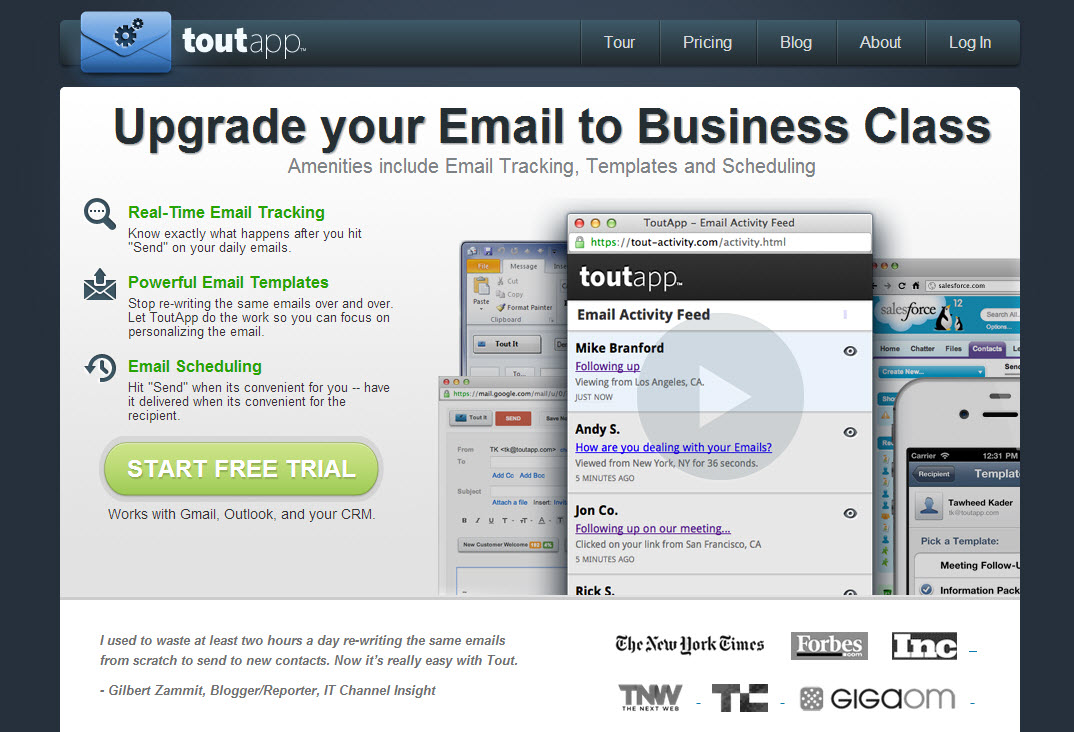
In today’s competitive, demanding business world, being able to say “No” to projects that don’t fit your career objectives or schedule is a vital part of maintaining both sanity and productivity.
And yet, for many of people, saying “No” feels as if it’s as serious an offense as coming to work drunk or cussing out the boss over a bad review. It isn’t easy, but if you’re an office pushover, it’s incredibly important that you learn to recognize and manage these behaviors in order to stay on top of your workload and your sanity.
Here’s how to do it…
Common behaviors of the office pushover
The first step in preventing the pushover mentality from disrupting your career is to recognize when it’s rearing its ugly head in your life. To do this, ask yourself whether or not you can see yourself in any of the following common behaviors:
- Allowing others to break your department’s rules – even when there’s no good reason for making accommodations.
- Accepting additional work that falls outside of your job description when your “to do” list is already packed full.
- Picking up the slack for others on committees or group projects.
- Failing to defend your work or decisions against criticism from a superior.
- Working late on a regular basis, because you’ve been too busy helping others to handle your own responsibilities.
If any of these descriptions hit a little too close to home, it’s possible that you’re an office pushover. Don’t be embarrassed – plenty of people struggle to find the assertiveness needed to thrive in corporate cultures. Instead, put in the effort to take back control of your career by minimizing pushover behaviors and employing more assertive techniques.
How to take control of your career
If you’re ready to make a change and develop the assertive behaviors needed to survive in today’s cutthroat business world, check out the following steps for instructions on how to be more authoritative and less of a pushover:
Step #1 – Prioritize your pushover behaviors
When it comes to managing pushover tendencies, you’ll first need to assess when they’re occurring in your life and which of these instances is most harmful to your career. As an example, suppose you uncover two pushover behaviors – one that represents a huge drain on your time and self-esteem, and another that’s a mere inconvenience with no lasting ramifications on your personal or professional well-being.
In this case, tackling the first instance of pushover behavior will have a much greater impact on your overall career satisfaction than handling the second example will. Start by addressing the larger issue first in order to bring about better results more quickly using the following steps. From there, you might be surprised to find that your newly assertive attitude makes handling the other issues in your life a breeze!
Step #2 – Develop scripts to assert yourself
Going from meek and reserved to assertive and powerful is a scary transition. If you’ve spent your entire life acquiescing to the requests of others, learning to stand up for yourself can seem as daunting as training for a marathon or adopting a vegan diet.
However, you can manage the discomfort of the process by developing anti-pushover scripts that enable you to stand up for yourself without having to think on your feed. Any of the following examples should help to get you started:
- “I’d love to help, but my schedule won’t allow it.”
- “I’m sorry, but this is a bad time for me.”
- “Unfortunately, my schedule is booked solid right now.”
- “I can help with this task, but something else on my plate will have to go.”
Choose one of these scripts and modify it to your particular needs. For example, if you have a boss who continues to pile more on your plate than you can handle, using a variation on the fourth script listed above can help you to have an honest conversation about what should be prioritized. Or, if you’re constantly facing assistance requests from a slack-off coworker, saying, “I’m sorry, but this is a bad time for me,” can effectively shut down the conversation without impinging on your schedule.
Once you’ve chosen and modified an anti-pushover script to your needs, practice saying it over and over again until it becomes effortless to repeat it in the heat of the moment. Practice your script in the car, in the bathroom mirror – whatever you need to do to make the words feel as natural as possible.
Step #3 – Recognize that it’s okay to make others uncomfortable
One of the hardest parts for pushovers to deal with is the thought that saying “No” might make other people uncomfortable – whether their assertiveness will result in angry bosses or coworkers who no longer want to make the weekly trip to happy hour together.
The thing is, though, that in pushover situations, somebody is always uncomfortable. If you’re the pushover, you’re shouldering the burden of this discomfort in order to minimize the stress of others – which seems like a silly way to align your priorities!
Accept that it’s okay for others to be uncomfortable every so often – and that it isn’t your sole responsibility to look out for the emotions of others. Obviously, you shouldn’t use your newfound assertiveness to tear your boss a new one over the way he’s taken advantage of you in the past. Instead, make a commitment to moving forward from your past pushover ways and to enabling others to treat you with the respect you deserve in the workplace.


